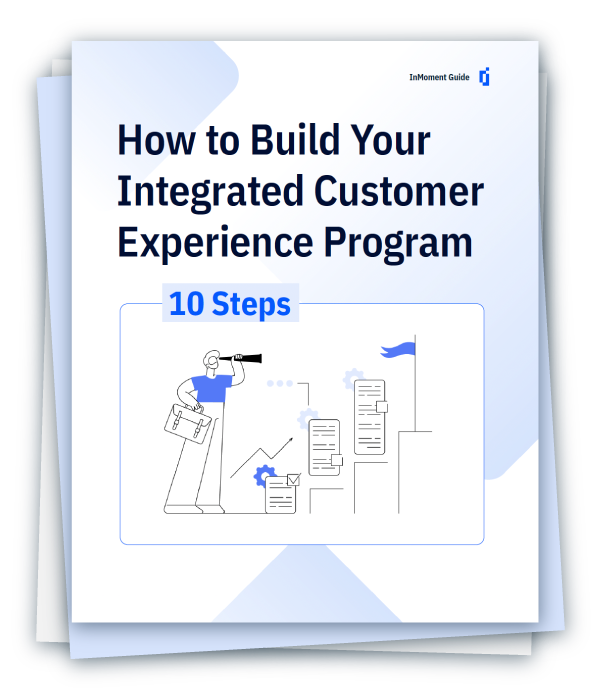Why You Need to Design Your EX Program Before Listening to Employees

The experience revolution has been in full swing for many years now, and many companies have taken that to mean they must set up listening posts wherever they can and gather whatever feedback comes through from customers and employees. While that proactivity and energy are great for achieving Experience Improvement (XI), there’s a step that comes before listening to employees. And the brands that follow that step get so much more out of their employee experience (EX) program. That step is design.
At first glance, some brands might take the term “design” to mean taking a few minutes to consider whether some listening posts are more important than others. That certainly factors into designing your program, but today’s conversation focuses on a few other ways in which hitting pause, gathering your teams, and concretely designing both your program and its desired outcomes will empower you to actually improve your employees’ experiences, not just manage them.
Mind The Gap
Before you activate any listening posts, gather both your EX team and stakeholders from beyond your department. You’ll need both groups to consider the first EX design element, and that’s where your company’s culture is versus where you want it to be. Having other stakeholders and teams in the room can alert you to employee culture breakages you might not have even known about. Plus, everyone should be allowed to say what they’d like to see in an ideal workplace. It’s everyone’s culture, after all.
One of the most important parts of this conversation (and a potential elephant in the room) is the state of employee trust within your organization. The amount of trust your employees put in your company and its leaders has a direct impact on how honest their feedback will be. It can be hard to accept when employees don’t trust a brand as much as you or leaders would like, but admit that factor if it exists and keep it in mind during subsequent steps. If employees broadly trust your organization, great! If you think there’s room for improvement, this design step can help you get there.
Consistently Listening to Employees
If this is your first EX program, or your first one in a while, it’s important to remember that employee experience is a continuous, long-term process. A lot of brands build their programs in one-and-done iterations instead of as a continuous cycle, which makes it much more difficult to stay consistent (and prove financial linkages between your actions and the company’s cultural successes).
So, with that in mind, design your program for the long haul. Carefully examine what successes you need your EX program to score for your employees, work with the wider organization to implement those goals in your program, and then get ready to press play. EX is a frame of mind, not a once-a-year event, and designing your program around that paradigm shift will get your company’s workplace culture to where it needs to be to both be fulfilling for them and to strengthen your bottom line.
Click here to learn more about our Success Framework. Our very own Stacy Bolger, an EX expert with decades of experience in the field, provides an in-depth look at designing and executing programs that can improve, not just reactively manage, your employees’ experience.



